It’s mid-November, and we did not expect it, but temperatures yesterday in Dallas were at freezing point. So I decided to give a lectin-free chili con carne a try.
I followed my intuition and did some modifications to the recipe, but the backbone is already awesome, and all the credit for how fabulous this dish came out goes to Dr. Steven Gundry.
A lectin-free chili that you love and loves you back
This will be more of a review of the recipe, step by step, because I think there are a few important ingredient details and instructions that, if done right, will make this the healthiest and best chili you’ve ever had.
My husband absolutely loved it and kept asking how I made it to be so ‘brown’ and thick, considering I don’t use any tomatoes or fillers. If any chili purist reads this, you may cringe at the idea that there are no chili and tomatoes in this recipe. But I’m personally not interested in authenticity when I cook and eat my food.
I’m interested in making the best possible dish, which gives as much pleasure as its authentic counterpart but delivers some good and balanced nutrition. As Dr. Gundry loves to say, “food that you love and loves you back“.
So, you find the full original recipe with instructions HERE: The Secret to Skinny Chili. Feel free to stop reading here and go and make it; I’m sure you’ll still love it. But if you read on, I’ll walk you step by step through my modifications and the exact ingredients I used to make this chili a WOW meal.
Quantities
There are two important modifications in quantities I made.
One: Instead of just one cup of chopped mushrooms, I used three (maybe even closer to four). This will give more texture to your chili, more taste, more depth, more nutrition, more balance. When I make dishes where the main ingredient is animal protein, I try to find ways to add more vegetables, so the meat is more like a condiment in the dish. So if you think like I do, don’t be afraid to add more mushrooms. I used brown crimini.
Two: I think red wine gives this chili dish an edge, but be careful; the wine you use for cooking has to be a wine you love drinking. I used a Cabernet Sauvignon aged in bourbon barrels (called 5th and Bowie, and I find it at Whole Foods). I can’t even explain how good this wine smells, and it definitely lends some of the flavors to the chili. But, instead of adding one full cup (as per the original recipe), I only added 1/2 cup. I reasoned that I wanted a thicker chili, not something runny, like a soup. 1/2 cup is enough to infuse it with flavors without adding extra liquid.
Three: Not that big of a deal, but I added more than just two tablespoons of chocolate. It was probably three tablespoons.
Spices for the lectin-free chili
After so many years of living on four different continents, traveling the world, and trying foods from all corners of the world (and trying to cook some of these foods myself), I came to this conclusion: what makes a dish taste “authentic” are the spices.
You don’t get to love a meal because it has tomato sauce. You love it because of the combination of spices used when making that dish (and the skill of the chef/cook in preparing it).
Now, there is one ingredient I skipped from the original recipe; it’s the sauce from canned chipotles in adobo. Instead, I made a combination of spices that gave it all I needed (some in the original recipe, some not): ground cumin, cumin seeds, Mexican oregano, organic Hungarian paprika, smoked paprika, adobo seasoning mix, cayenne pepper, Himalayan pink salt.
I didn’t measure. Ground cumin, cumin seeds, and Mexican oregano are essential for taste, so be generous. I use paprika for dishes that usually require tomatoes for color and a little sweetness. Smoked paprika always adds an extra layer of flavor, but it’s ok if you don;t have it. Cayenne pepper makes it hot, so feel free to add as much as feel like. We don’t eat too spicy food, so I only added about 1/2 teaspoon.
The good thing with spices, you can always taste the food and adjust everything to your palate. That’s what I always do, and I rarely measure my spices.
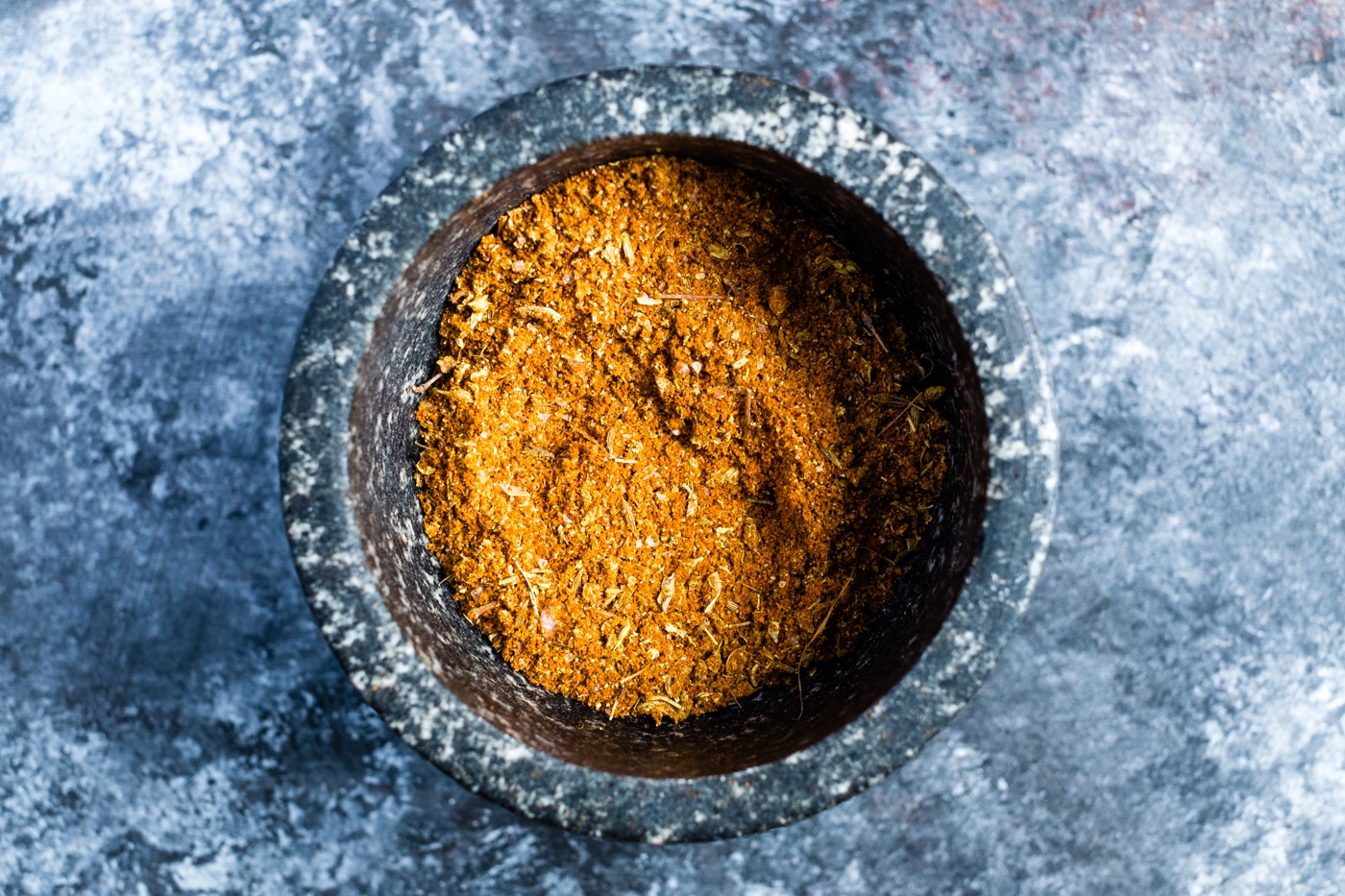
Method
I think there are a few important steps for this chili to get the maximum possible flavor and the thick texture.
The first step is to sauté the onions, celery, and mushrooms in a pan. Choose a wide pan instead of tall, so most of your ingredients touch the bottom. I used avocado oil; the original recipe asks for olive oil; choose whatever you prefer.
Gundry MD Chef’s Select Organic Olive Oil
The Gundry MD Chef’s select organic olive oil is a robust, delicious olive oil that you can cook healthy meals with. Save up to 50% off when you shop at our Ambassador Store.

I let my veggies sauté on medium heat until all the water from the mushrooms evaporated, and I stirred often. Then I added the meat and spices and cooked it on low to medium heat until all the liquid evaporated again and the meat turned brown. This is an essential step. You will know it is right when you smell all the amazing flavors of veggies, meat and spices combined.
Stir often, and only when you start seeing the contents sticking to the pan, deglaze it with the 1/2 cup wine. Let the alcohol evaporate, and the wine infuses the rest of the ingredients, and then add the beef stock (use a grass-fed, bone broth if possible, the best quality you can find or make).
Bring to a boil, simmer for about 5 minutes uncovered, and from this point, you can turn the heat to low (I used my minimum setting), cover, and simmer for about one hour or even more. Stir occasionally. You want your sauce to be reduced.
Before finishing, add the chocolate. I used three tablespoons of finely chopped Wicked Dark Taza chocolate and one tablespoon of arrowroot powder (which you mix first with cold water and then temper with a little bit of the hot sauce).
Grass-fed beef
For this dish to be healthy and plant paradox compliant, you have to use 100% grass-fed meat, preferably the coarse ground; mine was specially labeled for chili (a 2 lbs pack). I buy it here in Dallas from Burgundy Pasture Beef.
How to serve lectin-free chili
Again, I don’t want to eat just a bowl of brown food. So I add avocado, red onions, cilantro, and, if you wish, some sour cream and freshly grated cheese (I used Gruyere).
I also made a cabbage salad next to it with salt, extra virgin olive oil, and apple cider vinegar. And so it became a balanced, nutritious meal that everyone loved.
If you want a side of cornbread to the lectin-free chili, check out my Lectin-Free Cornbread with Millet and Walnuts. Another great option is these keto bread rolls.
And some pictures of the process
PS: This is my favorite All-Clad saute pan. (except that mine doesn’t have the long handle for storage purposes).
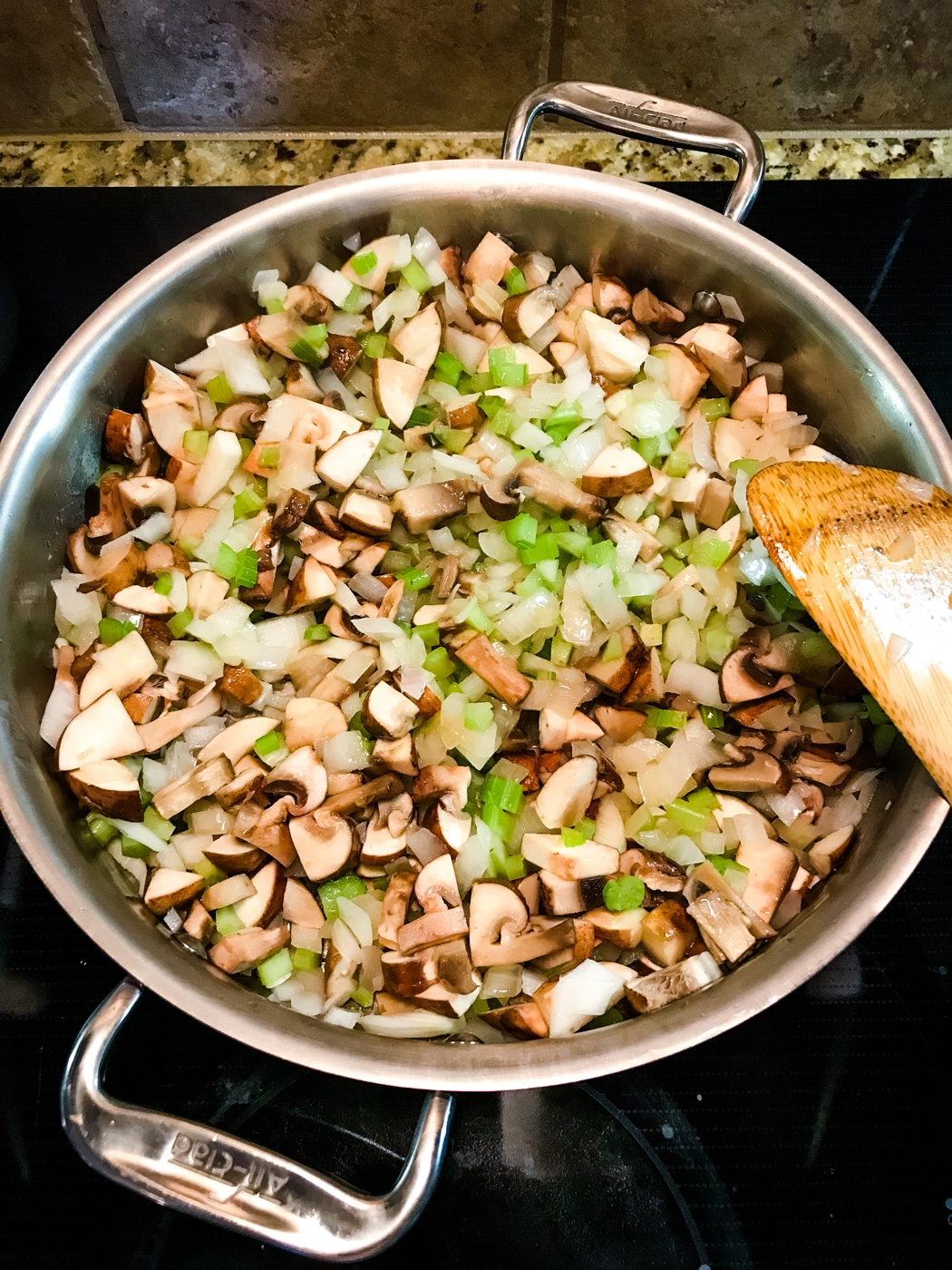
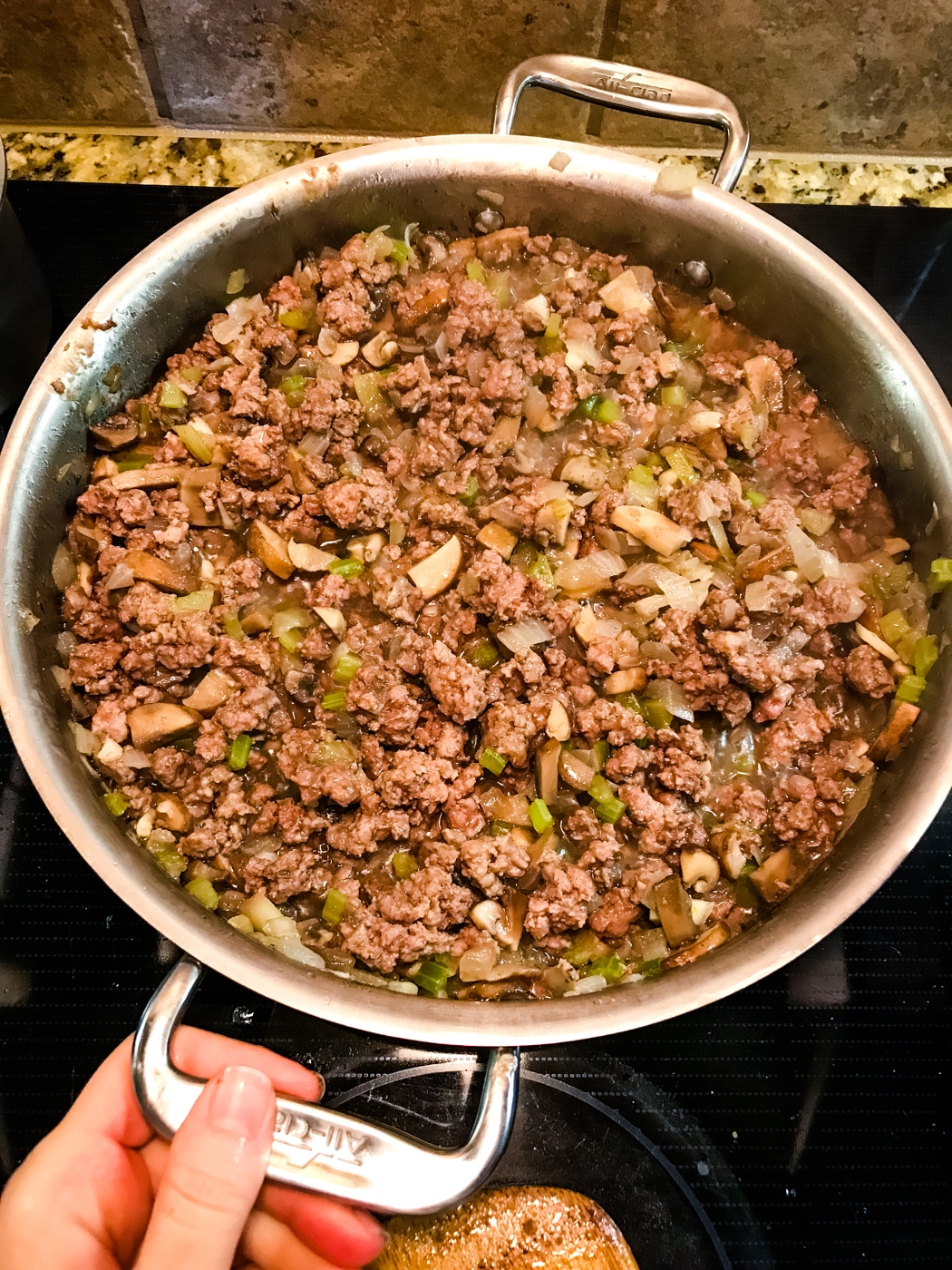


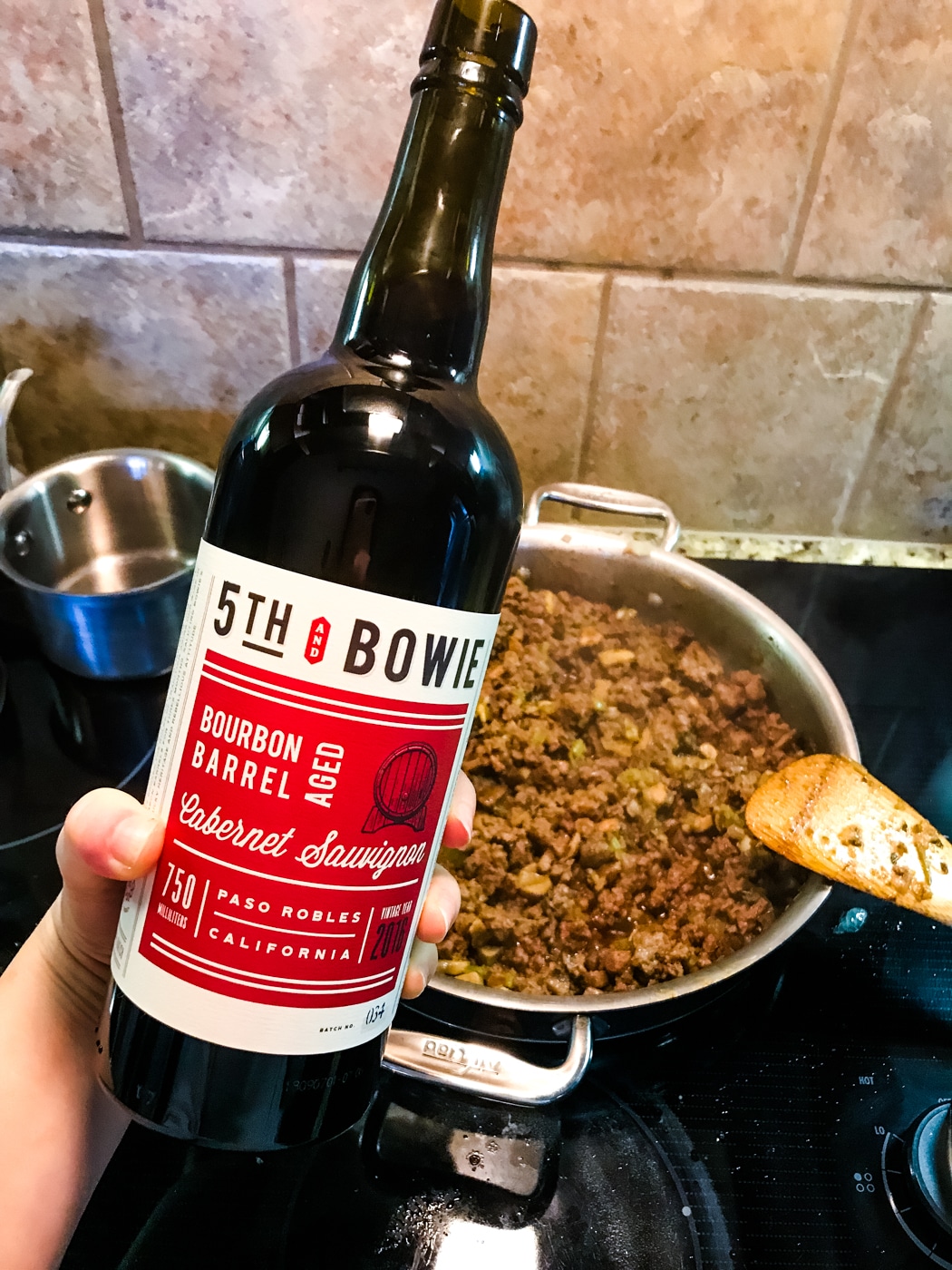
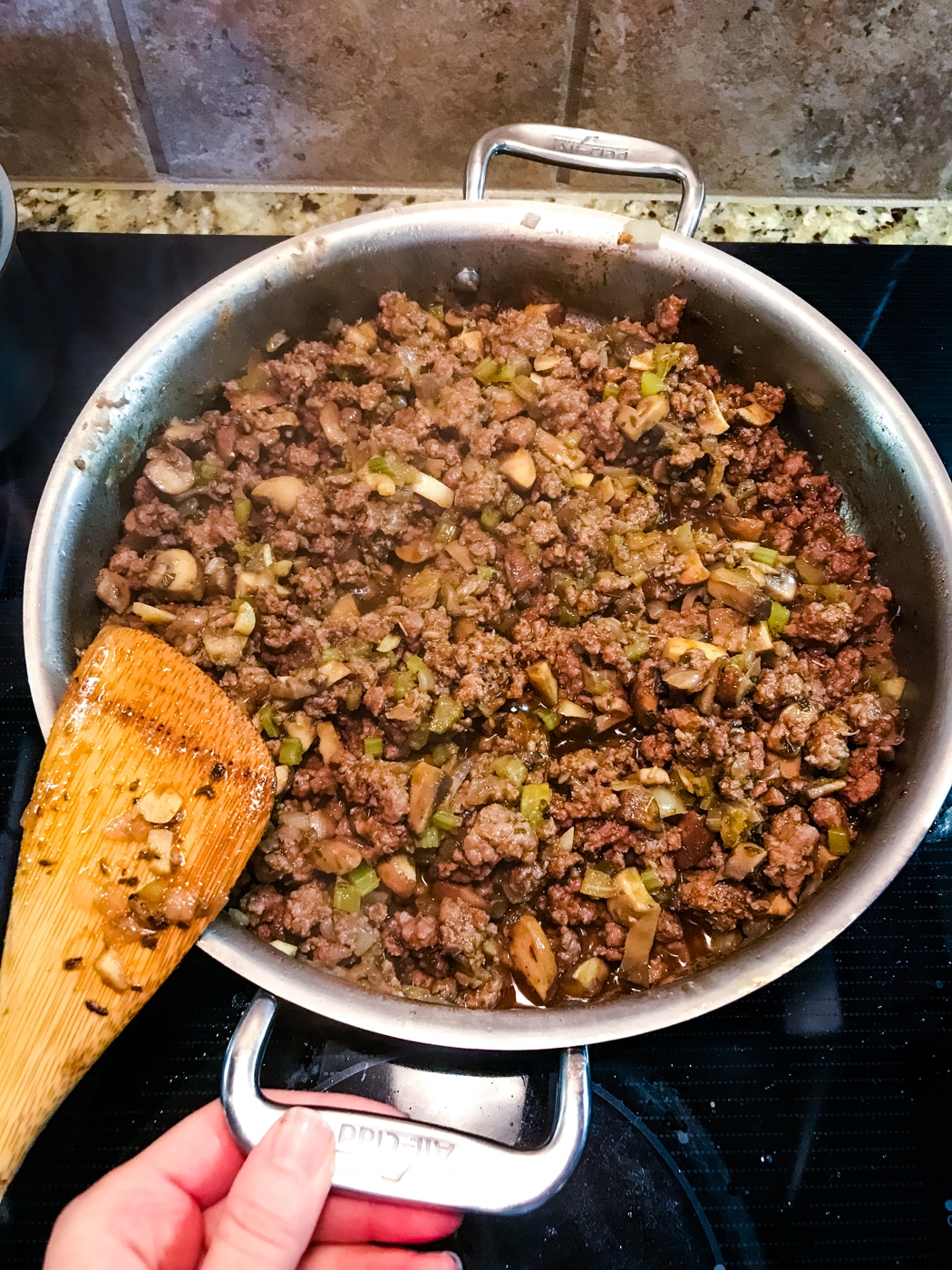
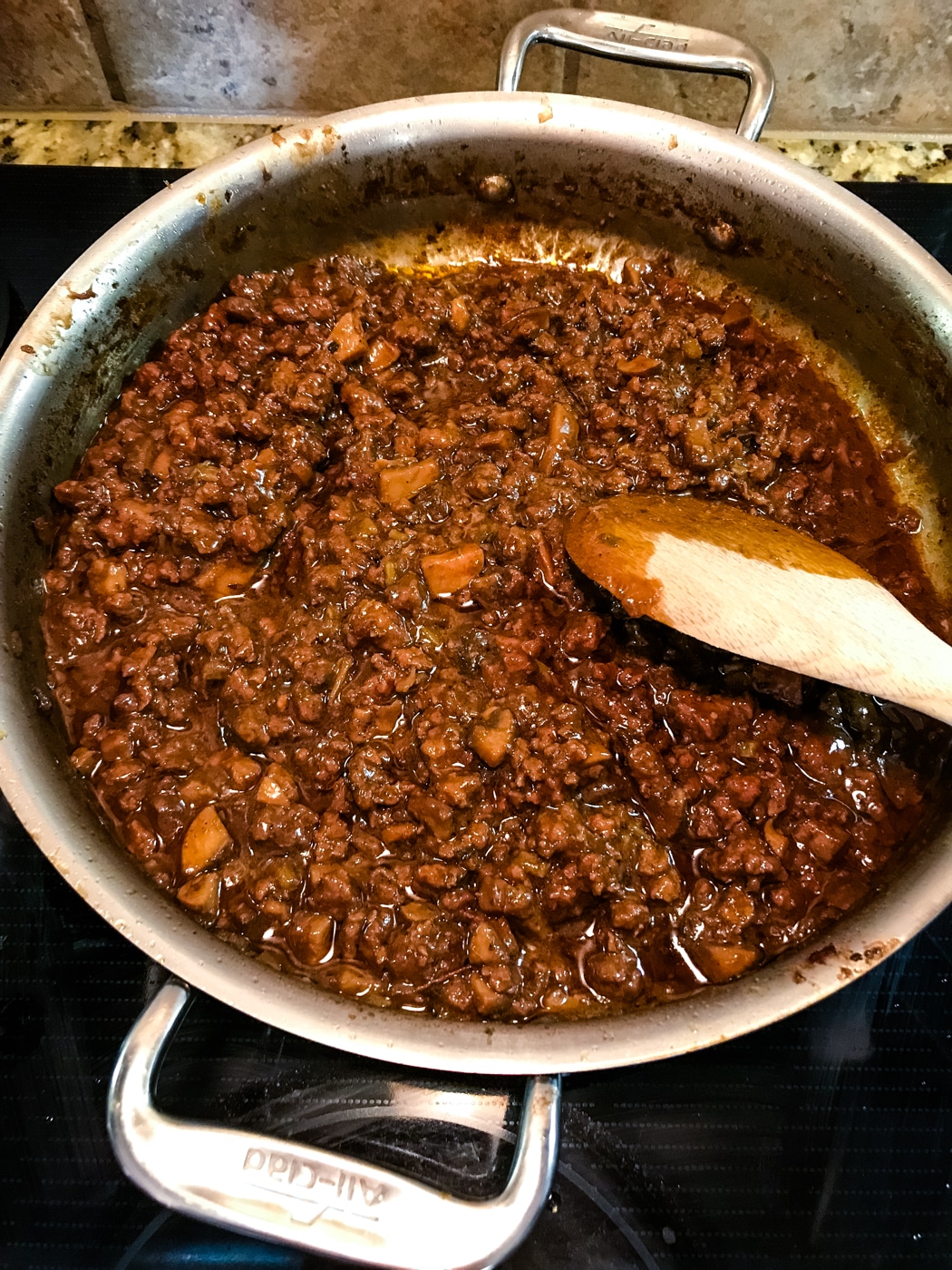
AGAIN, YOU CAN FIND DR. GUNDRY’S SKINNY CHILI ORIGINAL RECIPE HERE
*This post contains affiliated links, which means I get a small commission if you choose to purchase something via one of my links, at no extra cost to you.

16 Comments
Noah Rosen
May 11, 2020 at 2:53 pmIs filtered chili oil (with all of the flaks and chili sediment removed) safe to have on a lectin free diet?
Claudia
May 14, 2020 at 9:23 amGood question Noah. I don’t know for sure, but I would consider it safe. Hmmm, you reminded me how much I loved chili oil :))
Julie
January 16, 2020 at 8:23 amI was also under the assumption that all pepper-based spices were not allowed. Most cayenne is ground whole, and usually paprika.
If you look very closely at cayenne you can see the variations of color. Just be careful don’t want to have a flare up.
Claudia
January 16, 2020 at 12:49 pmHi Julie, they are allowed. It doesn’t mean you have to eat them if you don’t feel good when you do or you just don’t want to. There are many things from the YES list I personally don’t eat. PP is just a frame and we all have to figure out what works and doesn’t work for us. I hope this helps.
Sara’s rao
May 22, 2019 at 3:11 pmPlease let me know which brand of cayenne you used. Thanks. I want to be sure we are not getting seeds and skin.
Claudia
May 24, 2019 at 4:19 pmI buy the one I find in Whole Foods, I think is 365 brand.
Omar
April 2, 2019 at 5:45 pmCayenne and parika are approved because unlike chili pepper flakes – they are peeled and deseeded. Also hot fermented pepper sauces like Tobasco sauce are fine too as they are fermented which enables the bacteria to eat the lectins in the sauce making it nearly lectin free for us.
Garrett
April 26, 2022 at 10:35 amcan you list a few other approved hot sauces? and just curious, how can we be certain they are fermented?
Claudia
April 27, 2022 at 4:18 amHi Garrett, the ones everyone knows are Tabasco and Sriracha. Is just the way they are traditionally made, through long fermentation (you can check their websites and read about that). Then, there are the local brands that make fermented similar hot sauces, and they’ll have that mentioned on the bottle.
tessa
November 19, 2018 at 9:06 amwhy is cayenne ok in this?
Claudia
November 19, 2018 at 10:07 amYes, Cayenne is an approved spice.